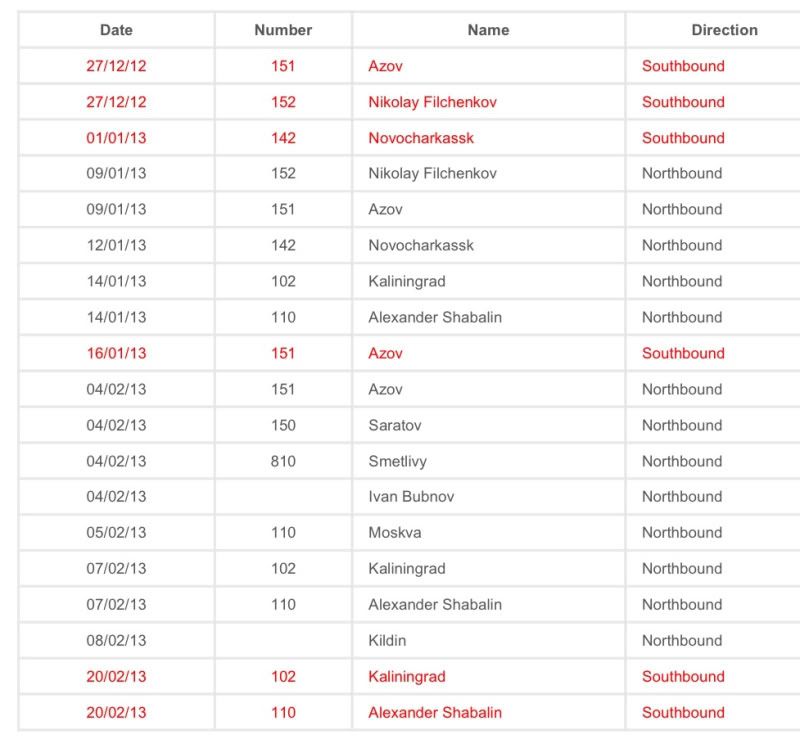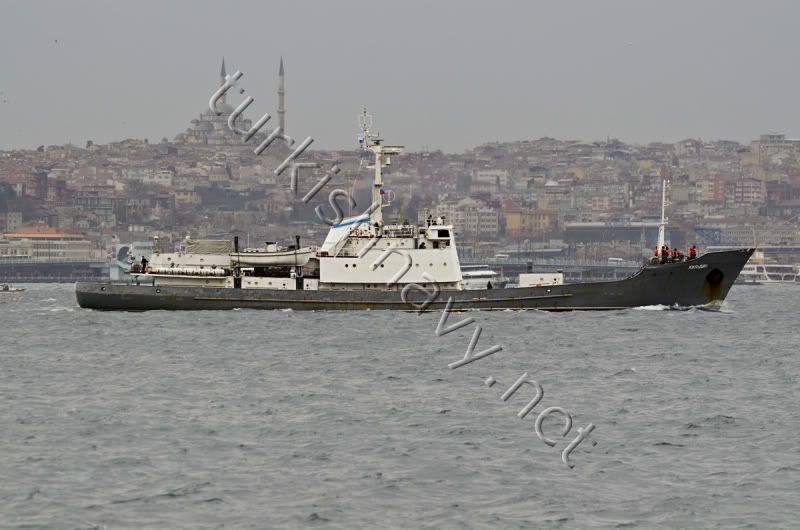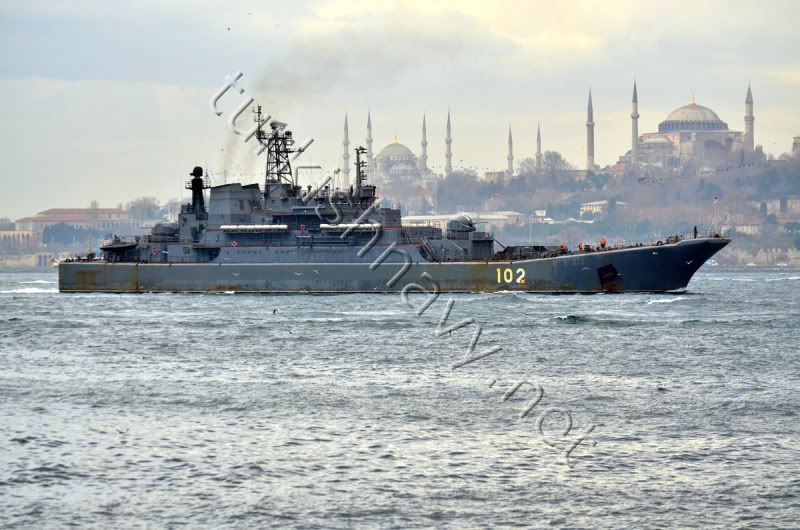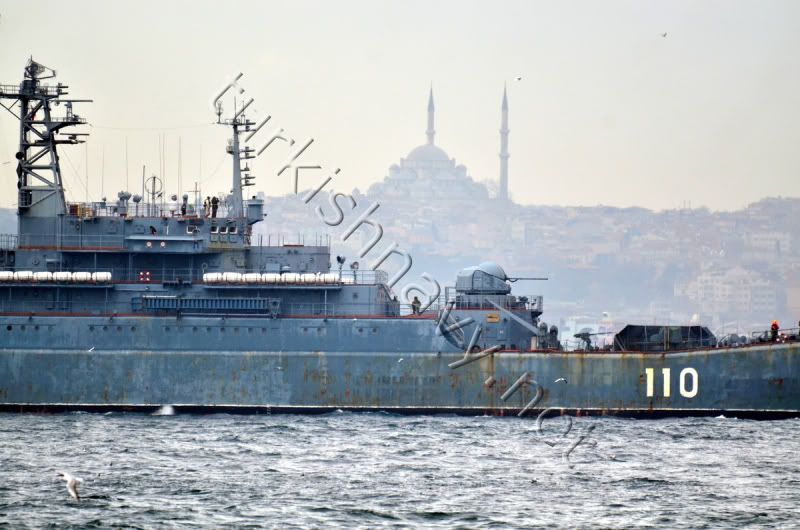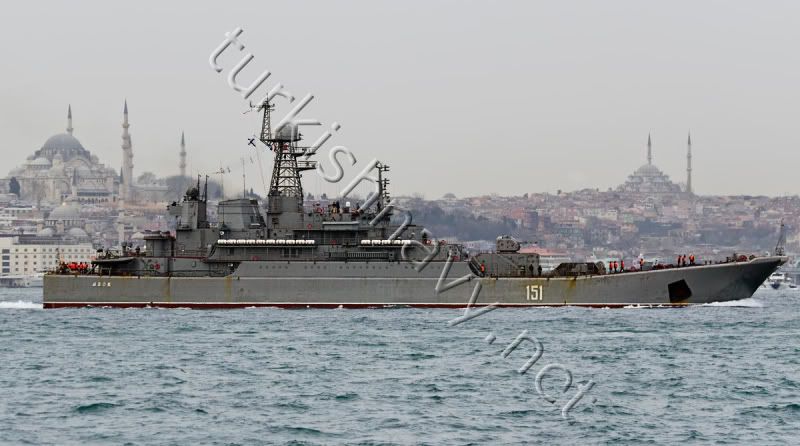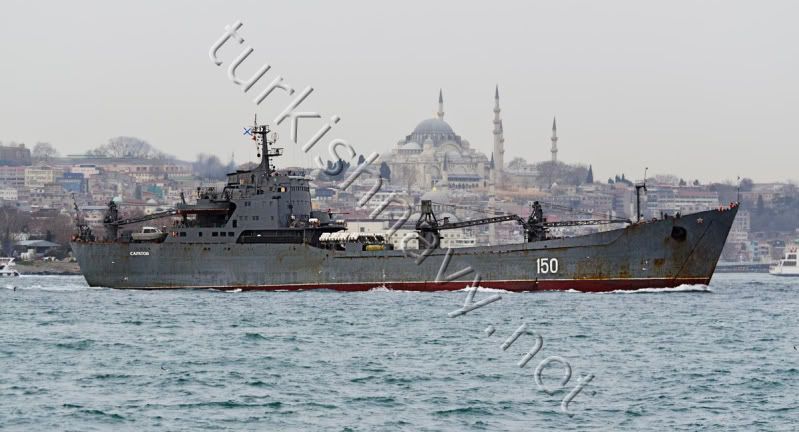In Timbuktu, al-Qaida left behind a manifesto
By Rukmini Callimachi - The Associated Press
Posted : Thursday Feb 14, 2013 14:54:29 EST
TIMBUKTU, Mali — In their hurry to flee last month, al-Qaida fighters left behind a crucial document: Tucked under a pile of papers and trash is a confidential letter, spelling out the terror network’s strategy for conquering northern Mali and reflecting internal discord over how to rule the region.
The document is an unprecedented window into the terrorist operation, indicating that al-Qaida predicted the military intervention that would dislodge it in January and recognized its own vulnerability.
RELATED READING
Obama OKs $50 million to assist France in Mali (2/11)
The letter also shows a sharp division within al-Qaida’s Africa chapter over how quickly and how strictly to apply Islamic law, with its senior commander expressing dismay over the whipping of women and the destruction of Timbuktu’s ancient monuments. It moreover leaves no doubt that despite a temporary withdrawal into the desert, al-Qaida plans to operate in the region over the long haul, and is willing to make short-term concessions on ideology to gain the allies it acknowledges it needs.
The more than nine-page document, found by The Associated Press in a building occupied by the Islamic extremists for almost a year, is signed by Abu Musab Abdul Wadud, the nom de guerre of Abdelmalek Droukdel, the senior commander appointed by Osama bin Laden to run al-Qaida’s branch in Africa. The clear-headed, point-by-point assessment resembles a memo from a CEO to his top managers and lays out for his jihadists in Mali what they have done wrong in months past, and what they need to do to correct their behavior in the future.
Droukdel, the emir of al-Qaida in the Islamic Maghreb, perhaps surprisingly argues that his fighters moved too fast and too brutally in applying the Islamic law known as Shariah to northern Mali. Comparing the relationship of al-Qaida to Mali as that of an adult to an infant, he urges them to be more gentle, like a parent:
“The current baby is in its first days, crawling on its knees, and has not yet stood on its two legs,” he writes. “If we really want it to stand on its own two feet in this world full of enemies waiting to pounce, we must ease its burden, take it by the hand, help it and support it until its stands.”
He scolds his fighters for being too forceful and warns that if they don’t ease off, their entire project could be thrown into jeopardy: “Every mistake in this important stage of the life of the baby will be a heavy burden on his shoulders. The larger the mistake, the heavier the burden on his back, and we could end up suffocating him suddenly and causing his death.”
The letter is divided into six chapters, three of which the AP recovered, along with loose pages, on the floor of the Ministry of Finance’s Regional Audit Department. Residents say the building, one of several the Islamic extremists took over in this ancient city of sundried, mud-brick homes, was particularly well-guarded with two checkpoints, and a zigzag of barriers at the entrance.
Droukdel’s letter is one of only a few internal documents between commanders of al-Qaida’s African wing that have been found, and possibly the first to be made public, according to University of Toulouse Islamic scholar Mathieu Guidere. It is numbered 33/234, a system reserved for al-Qaida’s internal communications, said Guidere, who helps oversee a database of documents generated by extremists, including Droukdel.
“This is a document between the Islamists that has never been put before the public eye,” said Guidere, who authenticated the letter after being sent a two-page sample. “It confirms something very important, which is the divisions about the strategic conception of the organization. There was a debate on how to establish an Islamic state in North Mali and how to apply Shariah.”
While the pages recovered are not dated, a reference to a conflict in June establishes that the message was sent at most eight months ago.
The tone and timing of the letter suggest that al-Qaida is learning from its mistakes in places like Somalia and Algeria, where attempts to unilaterally impose its version of Islam backfired. They also reflect the influence of the Arab Spring, which showed the power of people to break regimes, and turned on its head al-Qaida’s long-held view that only violence could bring about wholesale change, Guidere said.
The letter suggests a change in the thinking, if not the rhetoric, of Droukdel, who is asking his men to behave with a restraint that he himself is not known for. Droukdel is believed to have overseen numerous suicide bombings, including one in 2007 where al-Qaida fighters bombed the United Nations building in Algiers, killing 37 people. The same year, the U.S. designated him a global terrorist and banned Americans from doing business with him.
In a video disseminated on jihadist forums a few months ago, Droukdel dared the French to intervene in Mali and said his men will turn the region into a “graveyard” for foreign fighters, according to a transcript provided by Washington-based SITE Intelligence.
The fanaticism he exhibits in his public statements is in stark contrast to the advice he gives his men on the ground. In his private letter, he acknowledges that al-Qaida is vulnerable to a foreign intervention, and that international and regional pressure “exceeds our military and financial and structural capability for the time being.”
“It is very probable, perhaps certain, that a military intervention will occur ... which in the end will either force us to retreat to our rear bases or will provoke the people against us,” writes Droukdel. “Taking into account this important factor, we must not go too far or take risks in our decisions or imagine that this project is a stable Islamic state.”
According to his own online biography, Droukdel was born 44 years ago into a religious family in the Algerian locality of Zayan. He says he enrolled into the technology department of a local university before turning to jihad, and his first job was making explosives for Algerian mujahedeen. In 2006, the group to which he belonged, known as the GSPC, became an arm of al-Qaida, after negotiations with Ayman al-Zawahri, bin Laden’s lieutenant.
As Droukdel rose through the ranks, he came into direct contact with bin Laden, Guidere said.
In the document found in Timbuktu, he cites a letter he received from bin Laden about the al-Hudaybiyah deal, a treaty signed circa 628 by the Prophet Muhammad and the Quraish tribe of Mecca, an agreement with non-Muslims that paved the way for Muslims to return to Mecca.
“The smart Muslim leader would do these kinds of concessions in order to achieve the word of God eventually and to support the religion,” he says.
Perhaps the biggest concession Droukdel urges is for his fighters to slow down in implementing Shariah.
When the Islamic extremists took over northern Mali 10 months ago, they restored order in a time of chaos, much as the Taliban did in Afghanistan, and even created a hotline number for people to report crimes. But whatever goodwill they had built up evaporated when they started to destroy the city’s historic monuments, whip women for not covering up and amputate the limbs of suspected thieves.
“One of the wrong policies that we think you carried out is the extreme speed with which you applied Shariah, not taking into consideration the gradual evolution that should be applied in an environment that is ignorant of religion,” Droukdel writes. “Our previous experience proved that applying Shariah this way, without taking the environment into consideration, will lead to people rejecting the religion, and engender hatred toward the mujahedeen, and will consequently lead to the failure of our experiment.”
Droukdel goes on to cite two specific applications of Shariah that he found problematic. He criticizes the destruction of Timbuktu’s World Heritage-listed shrines, because, as he says, “on the internal front we are not strong.” He also tells the fighters he disapproves of their religious punishment for adulterers — stoning to death — and their lashing of people, “and the fact that you prevented women from going out, and prevented children from playing, and searched the houses of the population.”
“Your officials need to control themselves,” he writes.
Droukdel’s words reflect the division within one of al-Qaida’s most ruthless affiliates, and may explain why Timbuktu, under the thumb of al-Qaida in the Islamic Maghreb, experienced a slightly less brutal version of Shariah than Gao, one of the three other major cities controlled by the extremists. There was only one amputation in Timbuktu over their 10-month rule, compared to a dozen or more in Gao, a city governed by an al-Qaida offshoot, MUJAO, which does not report to Droukdel.
Droukdel’s warning of rejection from locals also turned out to be prescient, as Shariah ran its course in Timbuktu. The breaking point, residents say, was the day last June when the jihadists descended on the cemetery with pickaxes and shovels and smashed the tombs of their saints, decrying what they called the sin of idolatry.
Many in Timbuktu say that was the point of no return. “When they smashed our mausoleums, it hurt us deeply,” said Alpha Sanechirfi, the director of the Malian Office of Tourism in Timbuktu. “For us, it was game over.”
Droukdel’s letter also urges his followers to make concessions to win over other groups in the area, and in one case criticizes their failure to do so. For several months, the Islamic extremists controlling northern Mali coexisted with the secular National Movement for the Liberation of the Azawad, or NMLA, the name given to Mali by Tuareg rebels who want their own state. The black flag of the extremists fluttered alongside the multi-colored one of the secular rebels, each occupying different areas of the towns.
In late May, the two sides attempted to sign a deal, agreeing to create an independent Islamic state called Azawad. The agreement between the bon vivant Tuareg rebels and the Taliban-inspired extremists seemed doomed from the start. It fell apart days later. By June, the Islamic extremists had chased the secular rebels out of northern Mali’s main cities.
“The decision to go to war against the Azawad Liberation Movement, after becoming close and almost completing a deal with them, which we thought would be positive, is a major mistake in our assessment,” Droukdel admonishes. “This fighting will have a negative impact on our project. So we ask you to solve the issue and correct it by working toward a peace deal.”
In an aside in brackets, Droukdel betrays the frustration of a manager who has not been informed of important decisions taken by his employees: “(We have not until now received any clarification from you, despite how perilous the operation was!!)”
Droukdel also discusses the nuts and bolts of how territory and control might be shared by al-Qaida and the local radical Islamic group known as Ansar Dine, or Defenders of the Faith. For much of last year, Ansar Dine claimed to be the rulers of both Timbuktu and Kidal, although by the end, there was mounting evidence that al-Qaida in the Islamic Maghreb was calling the shots.
The reason for this is now clear in his letter: Droukdel asks his men to lower their profile, and allow local groups to take center stage.
“We should also take into consideration not to monopolize the political and military stage. We should not be at the forefront,” he says. “Better for you to be silent and pretend to be a ‘domestic’ movement that has its own causes and concerns. There is no reason for you to show that we have an expansionary, jihadi, al-Qaida or any other sort of project.”
The emir acknowledges that his fighters live on the fringes of society, and urges them to make alliances, including fixing their broken relationship with the NMLA. He vows that if they do what he says, they will have succeeded, even if an eventual military intervention forces them out of Mali.
“The aim of building these bridges is to make it so that our mujahedeen are no longer isolated in society,” he writes. “If we can achieve this positive thing in even a limited amount, then even if the project fails later, it will be just enough that we will have planted the first, good seed in this fertile soil and put pesticides and fertilizer on it, so that the tree will grow more quickly. We look forward to seeing this tree as it will be eventually: Stable and magnificent.”
Associated Press writer Baba Ahmed in Timbuktu, Mali, and the Associated Press News Research Center contributed to this report.

